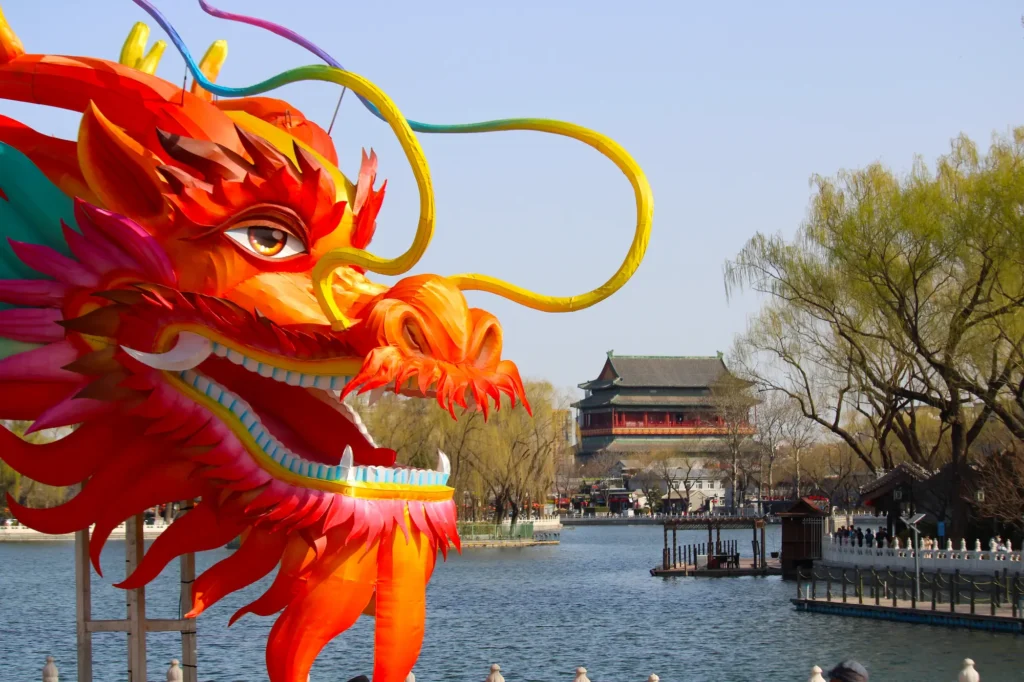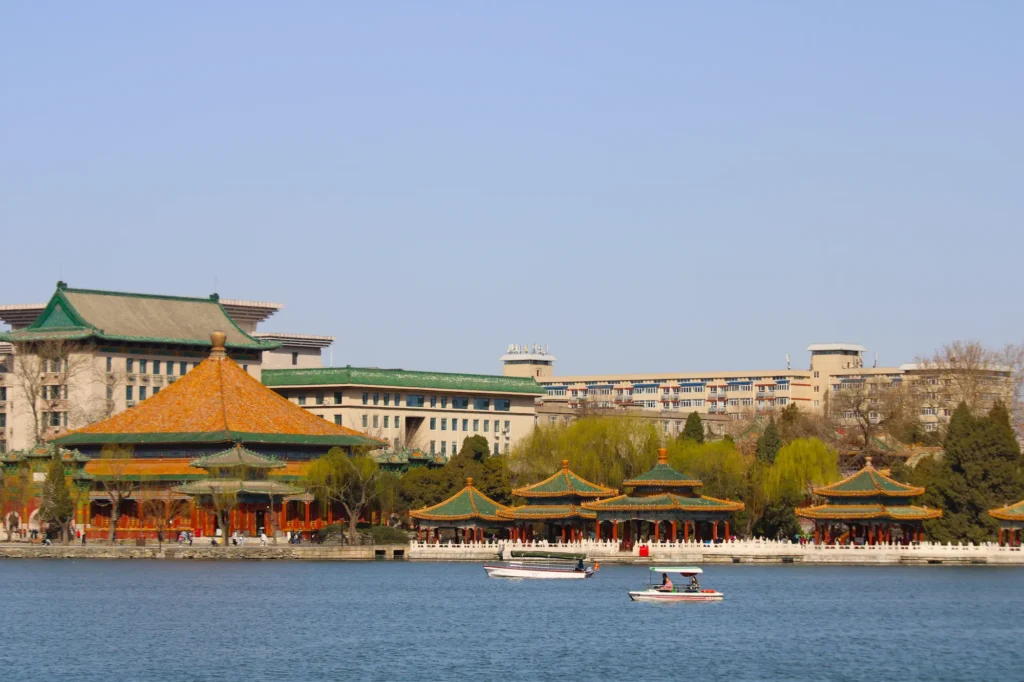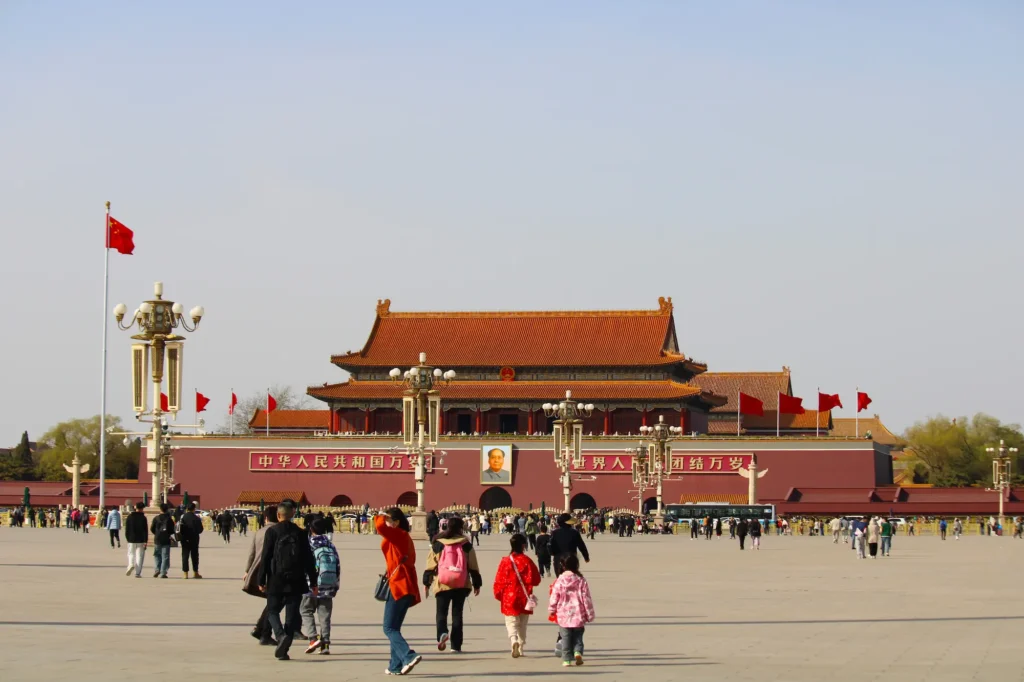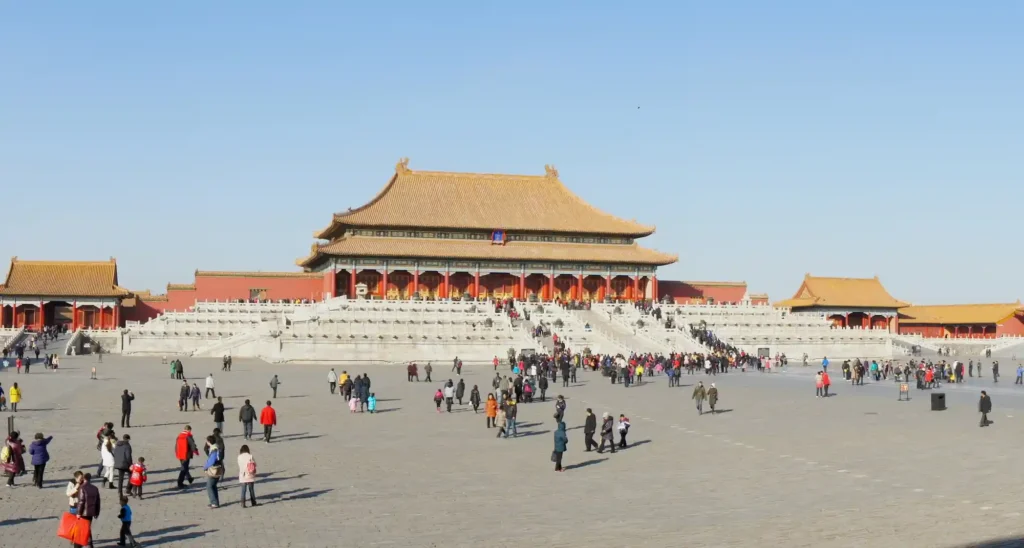
As with many large cities in Asia, it is very difficult to see everything a big metropolis has to offer in a short period of time. Beijing, Shanghai, Tokyo, Osaka… these are megacities where we could spend a month and still be surprised by new places to discover. But the reality is that we usually have limited time and need to make the most of it to see the highlights, while taking it easy and enjoying the experience.
At Asiahop, we always suggest realistic plans that don’t involve rushing around just to get a photo. That’s why we’ve put together a simple but comprehensive itinerary for visiting some of the most spectacular places in the incredible city of Beijing.
Day 1. Getting to know Beijing
We recommend spending your first day getting to know the city in general by strolling through its parks, discovering the hutongs and sampling some of the delights of Chinese cuisine. We left our accommodation early and headed for Beihai Park (北海公园), one of the oldest and best-preserved imperial gardens in China, located in the heart of Beijing, northwest of the Forbidden City.
With over a thousand years of history, this park combines traditional Chinese architecture and natural landscapes. Its central feature is the large Beihai Lake, around which the park extends, and on whose central island stands the iconic White Dagoba, a Tibetan stupa built in honour of Lamaism. Beihai was once part of the imperial palace complex and today offers an oasis of tranquillity amid the urban hustle and bustle, ideal for strolling, boating, and enjoying the classic Chinese landscape among willow trees, pavilions, and marble bridges, while sipping tea on one of its terraces.

Another park that we can combine with a visit to Beihai is Jingshan Park (景山公园), from where we can enjoy a panoramic view of Beijing, especially the Forbidden City, which is located south of the park.
Close to these two parks is the historic Shichahai (什刹海) area, famous for its three connected lakes (Qianhai, Houhai and Xihai), its ancient traditional alleyways (hutongs) and its lively nightlife. Formerly part of the imperial palace water system, today it is a perfect place to stroll along the water under the willow trees and explore narrow streets steeped in history. During the day it is ideal for cultural tours and peaceful walks, and at night it transforms into a lively meeting place with live music and terraces. In winter, the lakes freeze over and become skating rinks, making Shichahai an attractive destination all year round.
Day 2. Tiananmen Square and the Forbidden City
On the second day, we have two must-see sights. We will start with Tiananmen Square (天安门广场), which, covering an area of 440,000 square metres, is the largest public square in the world and the symbolic and political centre of China. Although admission is free, you must pass through police checks to enter the square, so it is essential that you carry your passport with you.
Some of the city’s most iconic sites are located around Tiananmen Square. To the south stands Mao Zedong’s Mausoleum, where you can see the embalmed body of the leader. To the north, the historic Tiananmen Gate provides access to the Forbidden City. On either side of the square are the imposing Great Hall of the People, seat of the Chinese Parliament, and the National Museum of China, one of the largest in the world. In the centre of the square stands the Monument to the People’s Heroes, dedicated to those who fought for the country’s independence and development.

Our next destination is right in front of us. The Forbidden City (紫禁城) is a vast palace complex located in the heart of Beijing, which served as the imperial residence of 24 Chinese emperors during the Ming and Qing dynasties, from 1420 to 1912. With more than 980 buildings and surrounded by high walls and a moat, it was for centuries an exclusive centre of power, accessible only to members of the court and imperial officials. Today, the Forbidden City is a UNESCO World Heritage Site and functions as the Palace Museum, where visitors can explore its traditional architecture, ceremonial halls, gardens and imperial treasures, offering a unique window into the history and culture of ancient China.

Day 3. Great Wall of China and Summer Palace
The Great Wall of China, known in Chinese as Chángchéng (长城), is an astonishing feat of engineering that impresses both for its magnitude and its history. Recognised as one of the seven wonders of the modern world, it stretches for almost 22,000 kilometres and was built over more than two millennia. Although several dynasties contributed to its construction, the most famous and best-preserved sections date from the Ming dynasty (14th to 17th centuries). There are several sections that are easy to visit, such as Badaling or Jinshanling. However, we recommend Mutianyu, a section that is comfortable for all types of visitors, with breathtaking views and a variety of options that make the visit even more memorable.

Visiting the Great Wall could well be our activity for the day, as travelling there and accessing it will take us a couple of hours. But if you’re someone who wants to squeeze a little more out of the day, you can visit the Summer Palace on the way back from Muntianyu. At Asiahop, we can organise your day so that you can enjoy these two wonders at your own pace, without rushing.
The Summer Palace (颐和园) is a vast imperial garden located northwest of Beijing, built as a retreat for the imperial family during the hot summer months. With its Kunming Lake, hills, pavilions and temples, it is a place that harmoniously combines nature and architecture. It is notable for its scenic beauty, its decorated walkways and its history linked to Empress Cixi, who had it restored in the 19th century.

Would you like to travel to Beijing and enjoy the historical wonders of this city? Contact us and we will design the perfect experience for an unforgettable trip.